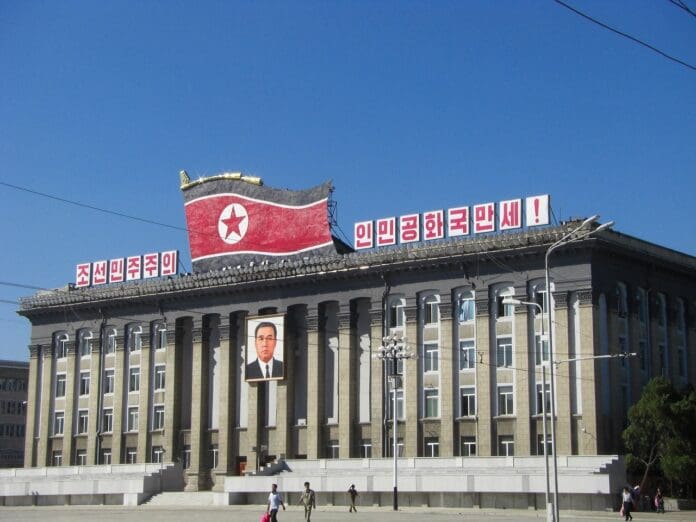This post is also available in:
 עברית (Hebrew)
עברית (Hebrew)
North Korea’s nuclear ambitions are a significant concern for global stability. The country has made headlines with its continuous missile provocations, including the development of hypersonic glide vehicles and submarine-launched ballistic missiles (SLBMs). In January 2021, North Korean leader Kim Jong-un reaffirmed the country’s commitment to bolstering its nuclear capabilities, a stance further cemented by the adoption of a new nuclear doctrine in September 2022 and its incorporation into the national constitution a year later.
To counter these threats, South Korea has proposed studying the US Department of Defense’s CTR program. This initiative, originally implemented to mitigate nuclear proliferation in the early 1990s, involves dismantling nuclear and weapons of mass destruction (WMD) systems and preventing their smuggling. South Korea’s Ministry of National Defense (MND) believes that examining the effectiveness of the CTR program could provide valuable insights for addressing the North Korean nuclear challenge.
According to Interesting Engineering, At a recent seminar on arms control and verification, Professor Hwang Il-do of the Korea National Diplomatic Academy emphasized the need for progress in denuclearization negotiations. “Considering the recent situation on the Korean Peninsula, it seems difficult for the South and the North to gain momentum for conventional arms control without progress in denuclearization negotiations,” he noted. The CTR program, with its focus on dismantling and preventing the spread of WMDs, is seen as a potential framework for reducing the security threats in the region.
Robert Pope, director of the Defense Threat Reduction Agency, elaborated on the origins of the CTR program. “After the collapse of the Soviet Union in 1991, there were concerns about the diversion and sale of nuclear warheads and delivery systems from Ukraine, Kazakhstan, and Belarus,” he explained. The CTR program was designed to address these concerns by dismantling these materials and systems. Pope added that South Korea and the US are enhancing their response capabilities through training, decontamination procedures, and joint research on WMD disposal.
The seminar also featured discussions on applying lessons from past arms control agreements, such as the Intermediate-Range Nuclear Forces Treaty (INF) and the Strategic Arms Reduction Treaty (START), to the Korean Peninsula.
Seo Cheon-gyu, head of the Arms Control Verification Team, emphasized the value of sharing international experiences to shape future security measures on the Korean Peninsula. Han Seok-hee, head of the Institute for National Security Strategy, added that discussions on arms control in the context of recent global conflicts will guide future strategies in a rapidly changing international landscape.


























